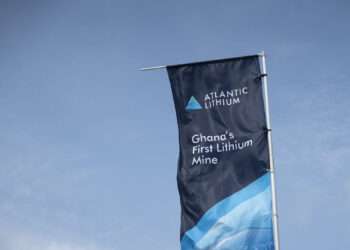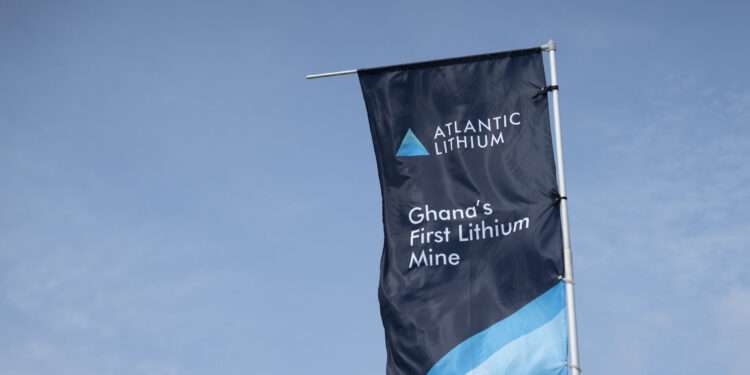Ghana’s gold export earnings soared to record levels by September 2025, lifting total export receipts past US$13.3 billion and underscoring gold’s central role in the country’s trade portfolio.
The performance, detailed in the 2026 Budget Statement and Economic Policy, reflects a powerful combination of higher volumes and exceptional global prices, which together strengthened the nation’s external position and offered fiscal breathing room.
Officials framed the surge as a validation of Ghana’s resilience in a volatile global commodities market and a timely support to foreign exchange liquidity.
“Gold export earnings surged by 71.4 percent, rising to US$13.3 billion in September 2025 from US$7.7 billion a year earlier.”
2026 Budget Statement and Economic Policy
That jump was driven by both quantity and value effects. Export volumes expanded by 12.1 percent to 4.3 million fine ounces.
At the same time, the average realised price leapt by about 53 percent to US$3,108 per fine ounce, compared with US$2,032 in September 2024. The dual tailwinds amplified receipts, widening the trade surplus and improving Ghana’s capacity to manage external obligations.
Global market tailwinds and central bank demand

Ghana’s windfall did not occur in isolation. The Budget Statement points to a historic upswing in international gold prices through 2025, citing a complex cocktail of macroeconomic and geopolitical drivers.
“Global gold prices reached record highs in 2025, exceeding US$4,000 per fine ounce in October, driven by heightened geopolitical tensions, U.S.-China trade frictions, expectations of lower interest rates in advanced economies, and sustained central bank purchases of gold.”
2026 Budget Statement and Economic Policy
The safe-haven bid, powered by risk aversion and institutional accumulation filtered directly into Ghana’s realised prices, magnifying export values and supporting balance-of-payments dynamics.
Policy makers project that the supportive price environment will persist into year-end, providing continuity for exporters and the broader economy.
As the Budget noted, “Gold prices are projected to remain above the US$4,000 mark for the rest of 2025, supporting Ghana’s export receipts and further strengthening our external position.”
If realised, that outlook suggests sustained momentum in hard-currency inflows and a buffer against external shocks. It also sets the stage for disciplined fiscal and monetary management to translate the windfall into macroeconomic stability.
Implications for the cedi, reserves, and fiscal planning

Beyond the headline earnings, the surge carries tangible macro effects. Higher gold receipts bolster foreign exchange reserves, ease pressure on the cedi, and expand fiscal space for priority spending without jeopardizing debt sustainability.
The stronger external position has improved credit market confidence, narrow sovereign risk premiums, and support targeted interventions in critical sectors, from infrastructure and energy to social protection.
For planners, the imperative is to leverage cyclical gains for structural improvements investing in value addition, tightening compliance and transparency across the gold value chain, and enhancing logistics and security to curb leakages.
While elevated prices are a boon, dependence on gold exposes Ghana to commodity-cycle volatility.
A swift reversal in global risk sentiment, central bank purchase trends, or interest rate expectations could temper prices and export values.
Building resilience means deepening industrial linkages, strengthening refining and beneficiation capacity, and improving governance for artisanal and small-scale mining to capture more value domestically.
The current windfall offers a window to accelerate diversification supporting cocoa productivity upgrades, responsible mining practices, and energy sector reforms so that Ghana’s trade profile remains robust even when gold’s tailwinds moderate.
Converting momentum into long-term gains

Sustaining this performance will rely on coordinated policy execution. Priority actions include enforcing standards across the mining ecosystem, streamlining export documentation, expanding assay and certification capacity, and investing in logistics to reduce turnaround times.
With prices projected to stay above US$4,000, the short-term focus should be on maximizing transparent, compliant exports and plugging revenue leakages.
Longer term, channeling proceeds into productivity-enhancing investments, institutional capacity, and green energy infrastructure can convert cyclical gains into lasting competitiveness.
READ ALSO: GRA Increases VAT Threshold to GHȻ 750k to Support Small and Micro Enterprises























